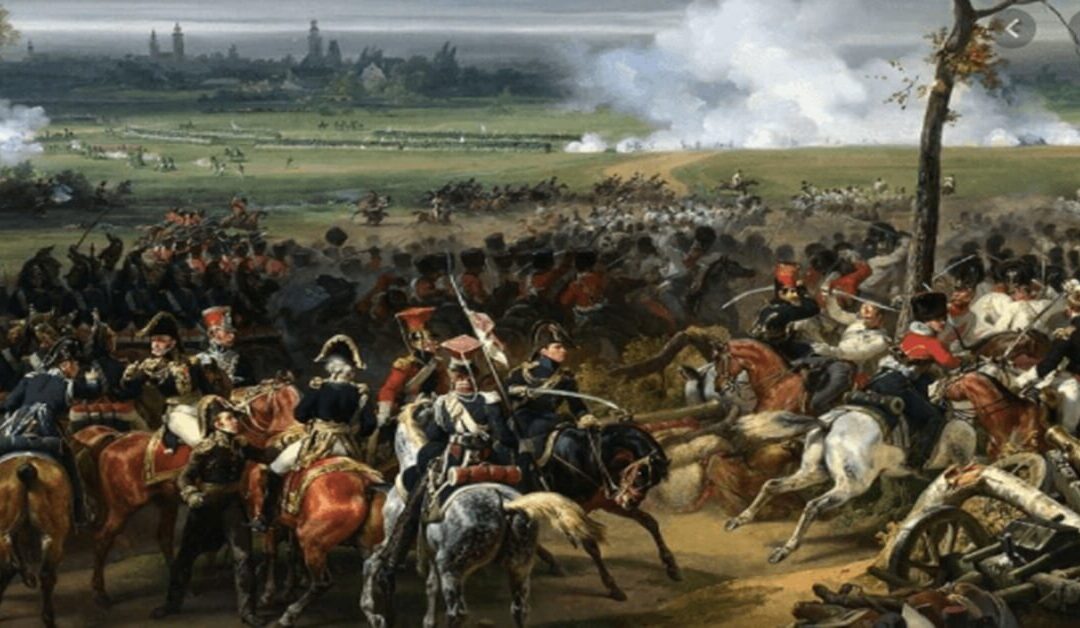
The Carnatic Wars: A Defining Chapter in India’s Colonial History
The Carnatic Wars: A Defining Chapter in India's Colonial History
The Carnatic Wars were a series of military conflicts in the 18th century fought in the Carnatic region, a dependency of the Hyderabad State in India. These wars not only shaped the colonial trajectory of India but also marked the decline of French ambitions and the rise of British dominance on the subcontinent. Here’s a deep dive into the events, causes, and outcomes of these pivotal conflicts.
Historical Context
The decline of the Mughal Empire after the death of Emperor Aurangzeb in 1707 set the stage for the Carnatic Wars. Bahadur Shah I succeeded Aurangzeb, but the empire’s central authority continued to erode under subsequent rulers. Regional powers, such as Hyderabad under Nizam-ul-Mulk, asserted independence, while other territories, like the Carnatic, operated autonomously under nominal Mughal suzerainty.
The European trading companies—the French East India Company and the British East India Company—sought to exploit the political instability. Their involvement in local power struggles, such as the succession disputes in Hyderabad and the Carnatic, fueled tensions and eventually erupted into open conflict.
Key Players
- Joseph François Dupleix: The French Governor of Pondicherry who sought to expand French influence.
- Robert Clive: A young British officer who played a crucial role in turning the tide in favor of the British.
- Nawab Dost Ali Khan: The ruler of the Carnatic, whose death sparked a succession struggle.
- Chanda Sahib and Muhammad Ali: Rival claimants to the Carnatic throne, backed by the French and British, respectively.
The Three Carnatic Wars
First Carnatic War (1746–1748)
The First Carnatic War was an offshoot of the War of the Austrian Succession in Europe. Initially, the British and French trading companies maintained friendly relations in India. However, naval skirmishes between the two powers escalated tensions.
Major Events:
1. Fall of Madras:
In 1746, French forces led by La Bourdonnais captured Madras, defying Nawab Anwar-ud-din’s authority. The Nawab’s attempt to retake the city was thwarted at the Battle of Adyar.
2. Siege of Pondicherry:
The British, under Admiral Boscawen, unsuccessfully besieged the French stronghold of Pondicherry.
3. Treaty of Aix-la-Chapelle (1748):
This treaty ended the war in Europe and restored Madras to the British in exchange for Louisbourg in North America. The war marked Robert Clive’s first military experience.
Second Carnatic War (1749–1754)
Although Europe was at peace, hostilities persisted in India as the French and British backed rival factions in local power struggles.
Major Events:
1. Battle of Ambur (1749):
The French-supported Chanda Sahib and Muzaffar Jung defeated Anwar-ud-din. Muzaffar became the Nizam of Hyderabad.
2. Rise of Robert Clive:
Clive’s daring capture and defense of Arcot in 1751 turned the tide in favor of the British. His strategic brilliance earned him fame and laid the foundation for British dominance.
3. Treaty of Pondicherry (1754):
This treaty ended the war, recognizing Muhammad Ali as the Nawab of the Carnatic. Dupleix, the architect of French ambitions, was recalled to France and died in poverty.
Third Carnatic War (1757–1763)
Part of the global Seven Years’ War, the Third Carnatic War marked the decisive phase of the Anglo-French rivalry in India.
Major Events:
1. Battle of Wandiwash (1760):
British forces under Sir Eyre Coote decisively defeated the French, marking the end of French military power in India.
2. Fall of Pondicherry (1761):
The British captured Pondicherry, sealing their dominance in southern India.
3. Treaty of Paris (1763):
This treaty concluded the Seven Years’ War. The French retained a few trading posts in India but renounced any political ambitions, ceding supremacy to the British.
Aftermath and Legacy
The Carnatic Wars solidified the British East India Company’s dominance in India, paving the way for British colonial rule. The French, confined to a handful of trading posts, could no longer challenge British authority. These wars also demonstrated the effectiveness of European military techniques and alliances with Indian rulers in shaping the subcontinent’s future.
Key Takeaways
1. Shift in Power:
The wars marked the transition of India from Mughal to colonial rule.
2. Economic Impact:
The British victory ensured control over lucrative trade routes and resources.
3. Emergence of Robert Clive:
Clive’s leadership established him as a pivotal figure in British India.
The Carnatic Wars were more than just a clash of arms; they were a turning point that shaped the destiny of a nation. The outcomes of these wars not only redefined India’s political landscape but also set the stage for nearly two centuries of British colonial dominance.
Importance:
The Carnatic Wars were crucial in shaping the British Empire’s dominance in India. The outcome led to the weakening of French influence and the strengthening of British control over Indian territories, paving the way for British colonization of India. These wars also marked significant shifts in Indian politics and alliances.
